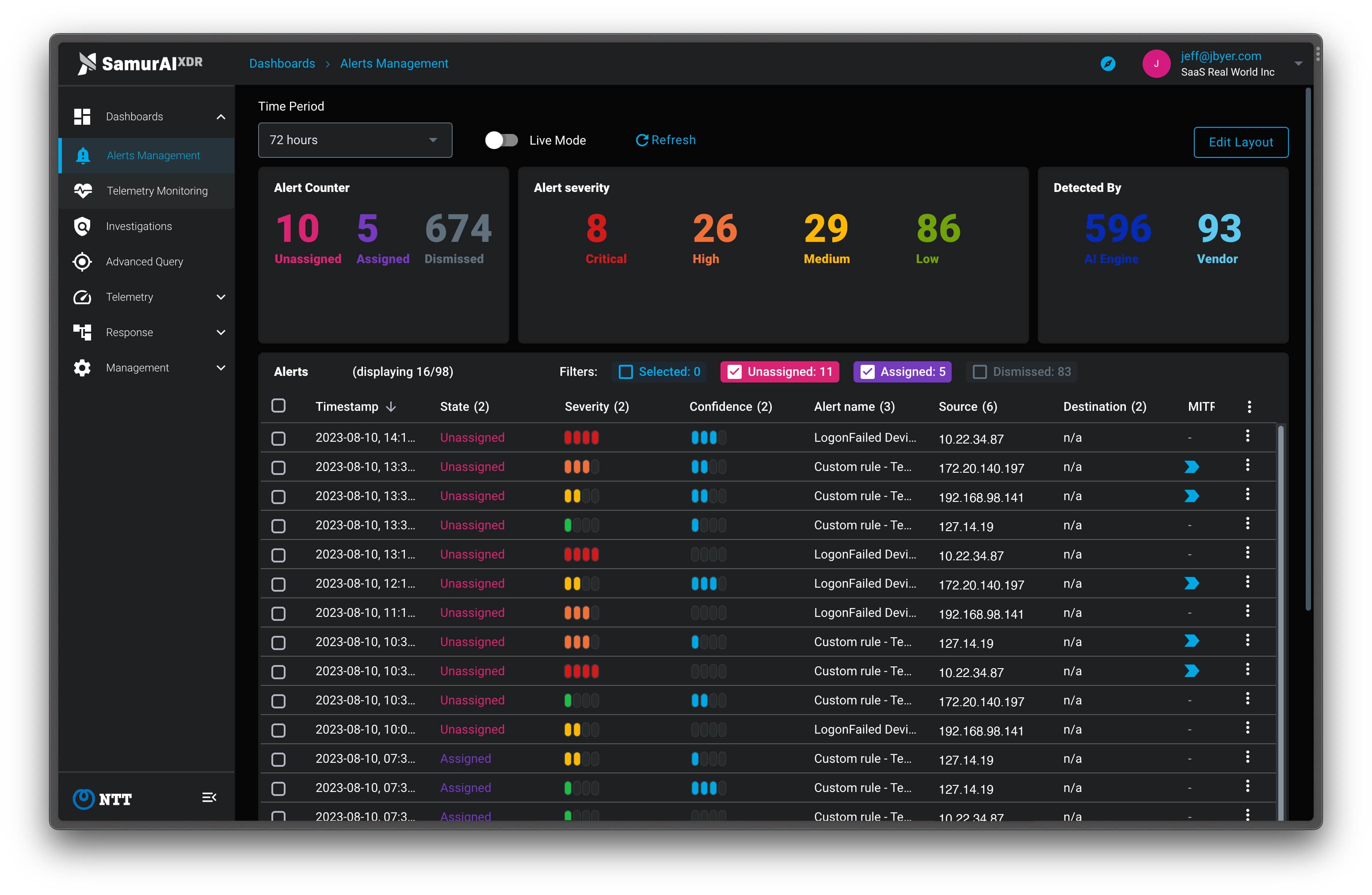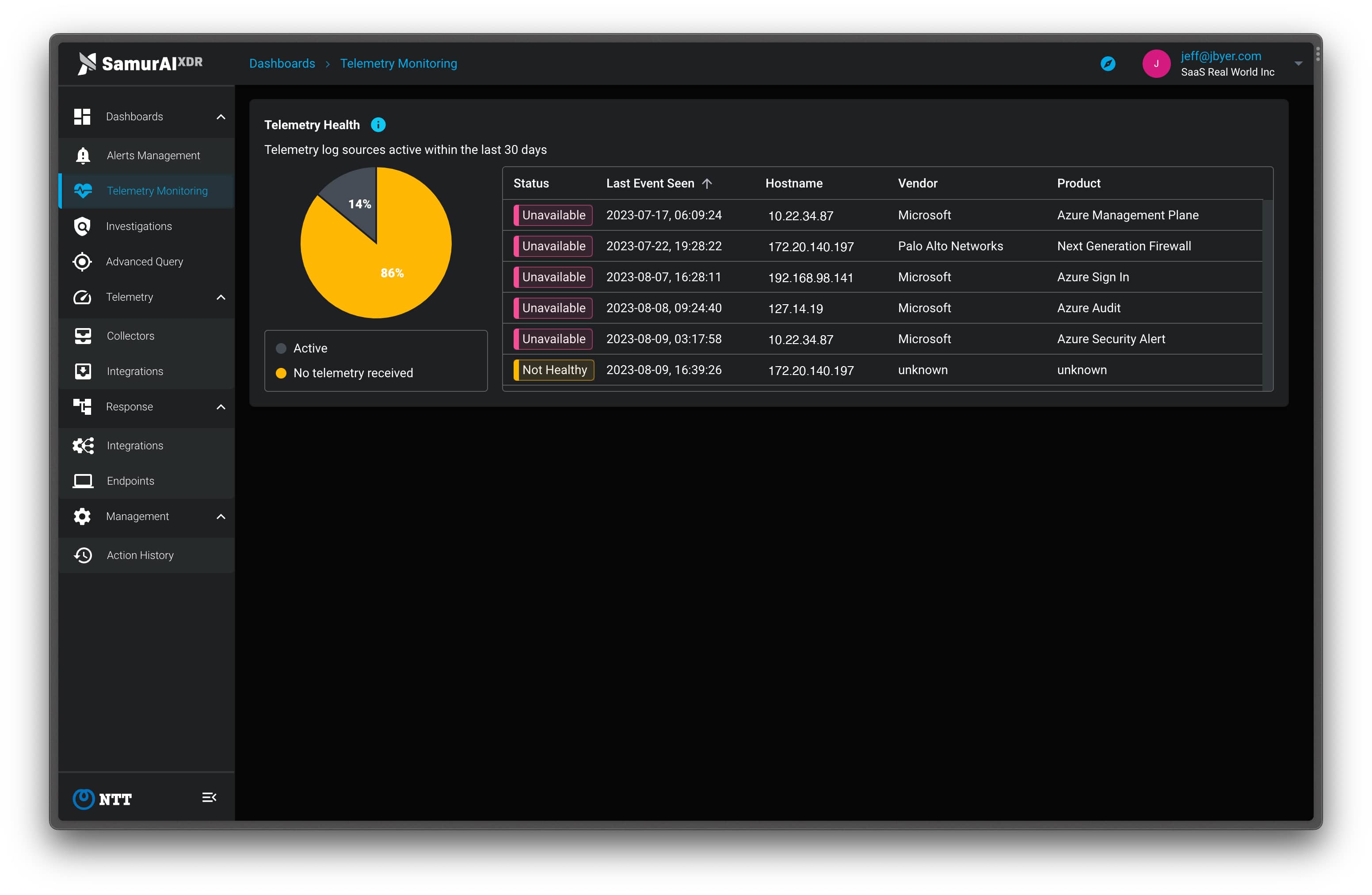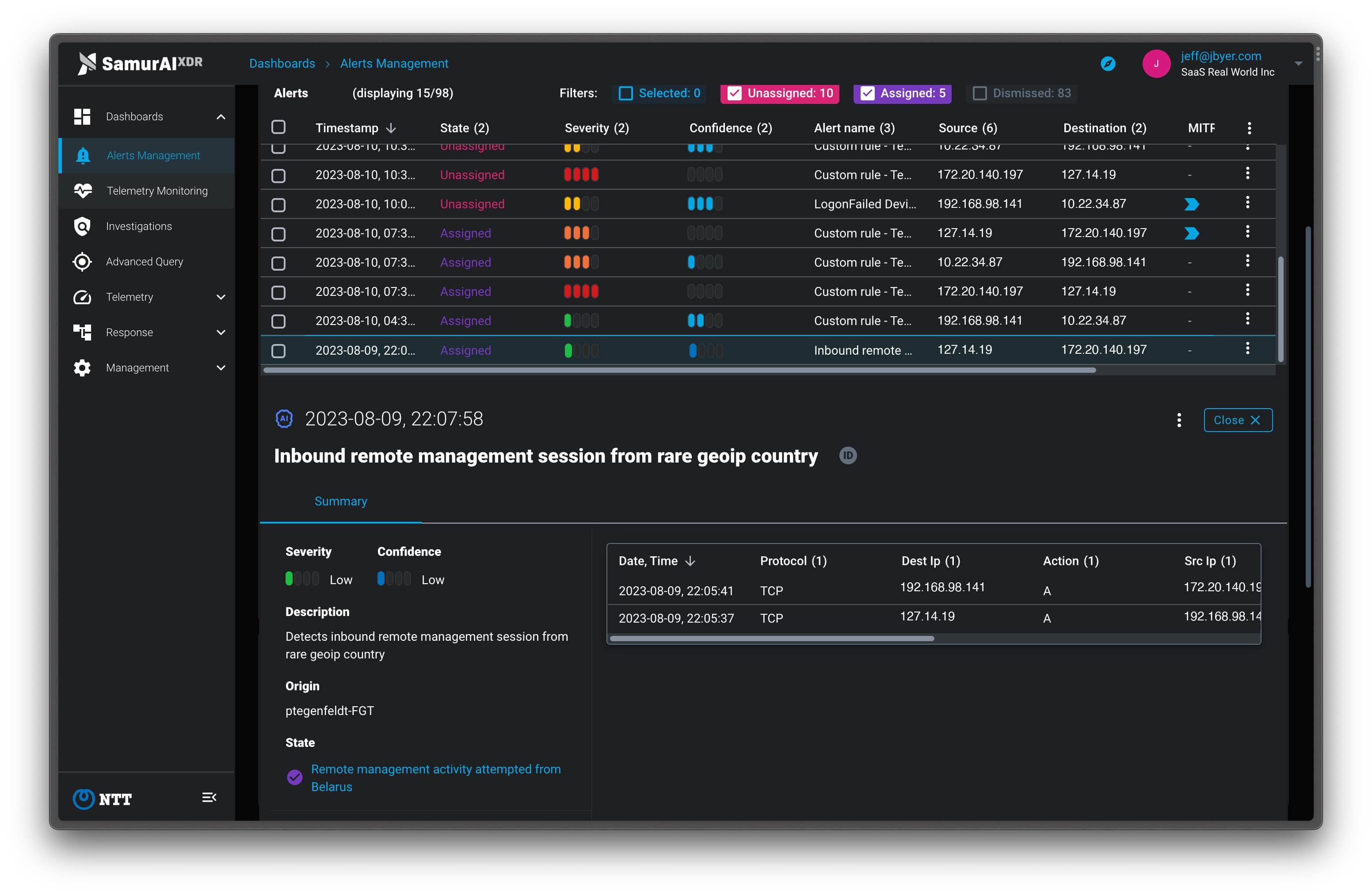The security of a company’s IT environment is critical for its ability to effectively perform business operations. Unexpected system outages can cripple a company’s capacity to provide services and potentially force its customers to find an alternate solution. Mishandling sensitive information may lead to data breaches that expose the personal details of clients and customers resulting in regulatory fines and reduced consumer confidence.
Modern businesses need to protect themselves from threat actors who are continuously devising new techniques with which to subvert cybersecurity defenses. These malicious entities are intent on gaining access to the IT environment so they can steal data or plant ransomware and other types of malware. Many organizations have difficulties addressing the workload required to provide effective cybersecurity. Implementing an Extended Detection and Response (XDR) platform can help reduce the workload, resulting in more robust cybersecurity.
Factors That Contribute to the Cybersecurity Workload
Handling all of the diverse aspects of cybersecurity is a demanding task that can tax even the most dedicated employee. Cybersecurity personnel who are overwhelmed by their workload cannot hope to effectively protect the computing environment. Their attention may be diverted from an emerging issue to dealing with a more pressing problem. The security of the IT infrastructure suffers as it becomes harder to cope with the cybersecurity workload.
Following are some of the multiple factors responsible for creating a cybersecurity workload that can be challenging to address.
- Small or nonexistent dedicated security teams - Many small and medium-sized businesses (SMBs) do not have the technical resources or the available IT budget to provide a dedicated security team. The responsibility for maintaining security may fall on members of the generalist IT team who are hard-pressed to find the necessary time while still handling their other duties.
- Newly emerging and evolving threats - The cybersecurity threat landscape is constantly changing. Threat actors take advantage of new technologies such as generative AI to conduct attacks against unwary businesses. Attempting to keep up with new types of attacks and emerging threats is challenging for the most experienced, full-time security team. The understaffed IT team that is often responsible for securing the environment will find it virtually impossible to keep up without advanced tools.
- Complicated and overlapping cybersecurity tools - Modern IT environments are often constructed from multiple cloud and on-premises components. Monitoring the environment for security issues and threats requires the use of multiple complex tools that each demands the attention of an IT team member. These diverse tools typically do not provide the opportunity to consolidate the information they offer in a streamlined format suitable for an overworked security team.
- Alert overload - The issue of alert overload is closely associated with the problems of using multiple and complex cybersecurity tools. Security tools generate alerts that are expected to be investigated and addressed if they pose a threat to the environment. The generated alerts may be about known issues or minor problems that do not need to be addressed promptly. Over time, alert overload can cause critical alerts to be ignored by not prioritizing them over the mass of informational warnings that do not warrant any action.
- Expanding attack surface - The attack surface of an IT environment that needs to be defended is constantly expanding and becoming more diverse. Cybersecurity solutions need to address on-premises, cloud, and edge computing as well as the wide variety of endpoints resulting from a remote and mobile workforce. Protecting this diversified environment contributes to a company’s cybersecurity workload.
How Samurai XDR Reduces the Cybersecurity Workload
Samurai’s XDR platform provides a comprehensive cybersecurity solution that easily integrates with your current tools and can dramatically reduce the workload of an organization’s cybersecurity personnel. Implementing this advanced XDR solution can help reduce the workload of the people responsible for cybersecurity and simplify their work life.
Following are some of the features of Samurai XDR that can directly minimize the workload of cybersecurity personnel.
- Samurai XDR consolidates threat information and makes it available to an IT team in an easily understandable format. The platform’s Alert Management Dashboard provides a centralized location from which all security alerts are displayed. The use of the dashboard improves productivity while saving time and effort for the overworked IT team. From within the dashboard, users can filter alerts based on a wide range of criteria including the time period, severity, and technology that identified the threat.

- Samurai’s platform can integrate telemetry from multiple sources through its built-in integrations and ability to process generic system logs. This feature eliminates the need for IT personnel to monitor multiple platforms to ensure security. The tool’s Telemetry Monitoring Dashboard provides the IT team with a consolidated view of the health of its telemetry sources.

- The advanced artificial intelligence (AI) and machine learning (ML) technology that powers the platforms prioritize potential issues so they can be handled efficiently. Teams can reduce the cybersecurity workload by choosing to address high-priority issues promptly and looking at lower-priority items when time permits.
- Samurai XDR substantially reduces the number of false positive alerts, saving valuable time and resources from engaging in pointless activities. The reduction of false positives also minimizes the chances that personnel will be afflicted with alert overload. Samurai’s ML and AI technology result in continuous improvement in its threat detection capabilities.
- Samurai leverages proprietary threat intelligence to identify known and previously unknown threats that can affect an IT environment. The threat intelligence is obtained from the telemetry available from NTT’s Tier 1 internet backbone which monitors over 25% of the world’s internet traffic. NTT, a global leader in cybersecurity, powers Samurai XDR’s detection engine without the costs and complexities of traditional solutions.
- The ability to perform investigations with Samurai XDR can help reduce the cybersecurity workload. Users can conduct and document investigations into alerts, incident responses, and threat hunting. The information obtained through these investigations can be used to modify and streamline procedures or eliminate classes of alerts, improving productivity and saving resources for other activities.

A Cost-Effective Method of Reducing Your Cybersecurity Workload
The Software as a Service (SaaS) delivery model employed by Samurai XDR makes it a cost-effective solution that delivers threat detection capabilities to organizations of all sizes. It levels the playing field by enabling any business to deploy the threat detection functionality previously reserved for companies with extensive cybersecurity budgets and large security teams.
Contact the threat detection experts at Samurai and request a free trial of this advanced XDR platform. You can strengthen your cybersecurity posture while reducing the workload necessary to protect your environment.
Featured articles
Cybersecurity Trends of 2024
2 May 2024 | Cyber Threats
As 2024 is upon us, the cybersecurity landscape is characterized by dynamic shifts and evolving threats, presenting both challenges and...
Why SMBs are Being Targeted by Nation State Threat Actors
24 April 2024 | Cyber Threats
SMBs are increasingly becoming targets for threat actors because of the complex supply chains they are a part of. Nation...
Cyber Threat Hunting
18 April 2024 | Cyber Threats
Increasingly, organizations of all sizes are starting to augment their cyber defenses through Threat Hunting. In this post we...




